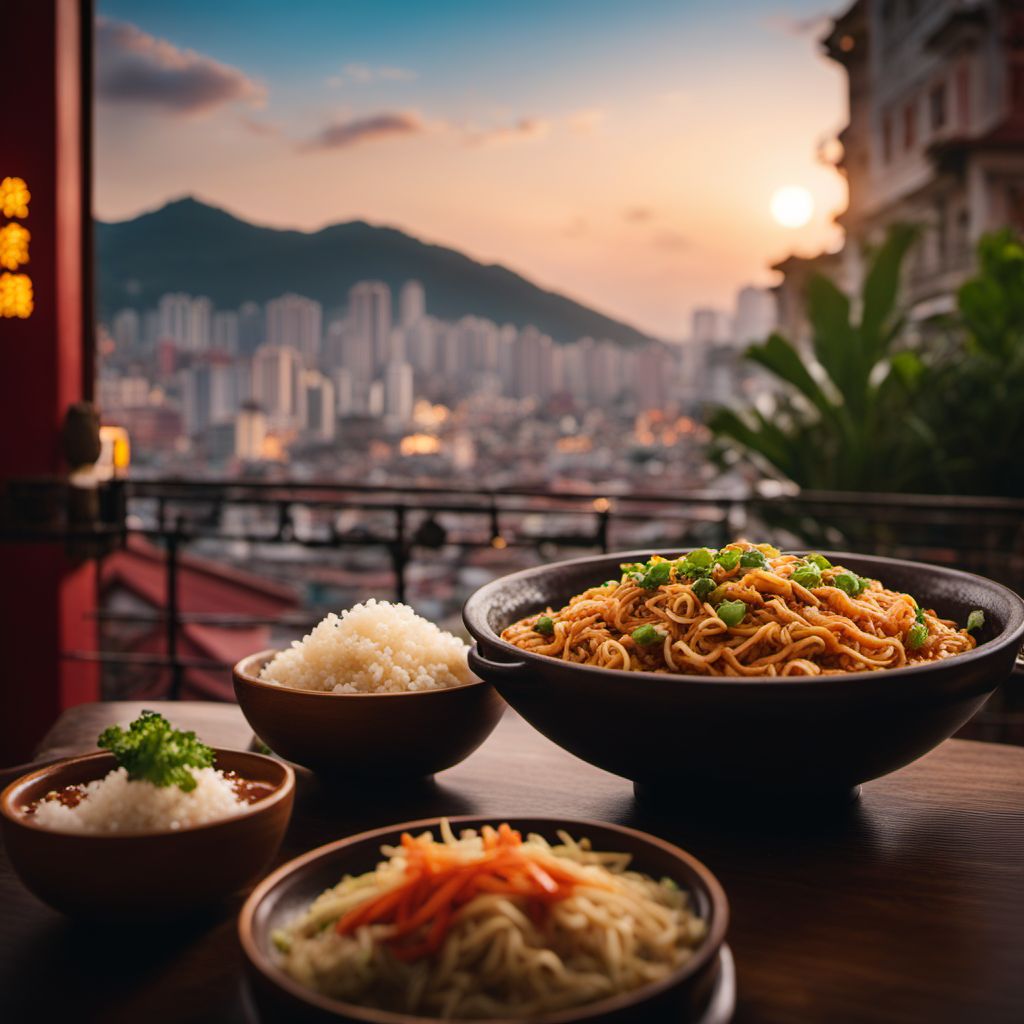
Cuisine
Macanese cuisine
Macanese cuisine is a fusion of Chinese and Portuguese cuisines, with influences from Southeast Asia and Africa. It is characterized by its use of spices, seafood, and meats, as well as its blend of sweet and savory flavors. Macanese cuisine is also known for its use of coconut milk and tamarind in many dishes.
Typical ingredients
Coconut milk, Tamarind, Pork, Chicken, Seafood, Rice, Noodles, Vegetables, Spices, Herbs, Eggs
Presentation and garnishing
Macanese dishes are often presented in a colorful and artistic manner, with a focus on balance and harmony of flavors. Garnishes such as fresh herbs and edible flowers are commonly used to enhance the presentation of dishes.
Macanese cuisine is a unique blend of flavors and ingredients that reflects the region's rich cultural history.
More cuisines from this region...
Japanese cuisine, Taiwanese cuisine, Korean cuisine, Hong Kong cuisine, Mongolian cuisine
History
Macanese cuisine has a rich history that dates back to the 16th century, when the Portuguese first arrived in Macau. The cuisine developed as a result of the blending of Portuguese and Chinese cultures, as well as the influence of other Southeast Asian and African cuisines. Macanese cuisine was also influenced by the spice trade, which brought new ingredients and flavors to the region.
Cultural significance
Macanese cuisine is an important part of Macau's cultural heritage, and is celebrated during the annual Macau Food Festival. The cuisine is also popular in Hong Kong and other parts of Asia.
Health benefits and considerations
Many Macanese dishes are high in fat and sodium, and may not be suitable for individuals with certain health conditions. However, the cuisine also includes many healthy options, such as seafood and vegetable dishes.
Macanese cuisine dishes
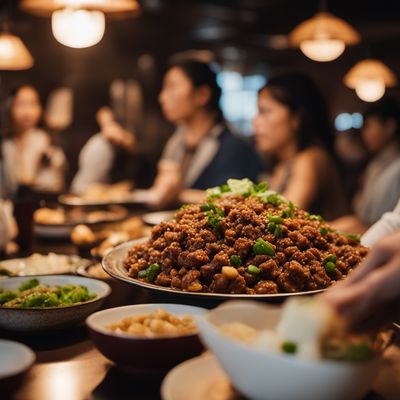
Minchi
Minchi is a Macanese dish that is made with ground meat, potatoes, and soy sauce. It is a flavorful and satisfying dish that is perfect for a quick and easy meal.

Macanese Garlic Prawns
Macanese Garlic Prawns is a classic Macanese dish that is made with fresh prawns and a garlic sauce. The dish is typically served with a side of rice and is a popular choice...
Macanese cuisine recipes Browse all »

Macanese Corn Tamales
Savory Macanese Corn Tamales: A Fusion of Flavors

Macanese Seafood Soup
Savor the Flavors of Macau: Macanese Seafood Soup
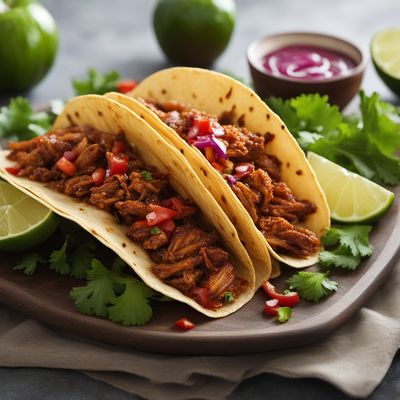
Macanese-style Pork Tacos
Spiced Macanese Pork Tacos: A Fusion of Flavors

Macanese-style Pelincile Domnului
Macanese Delight: A Fusion of Romanian and Macanese Flavors
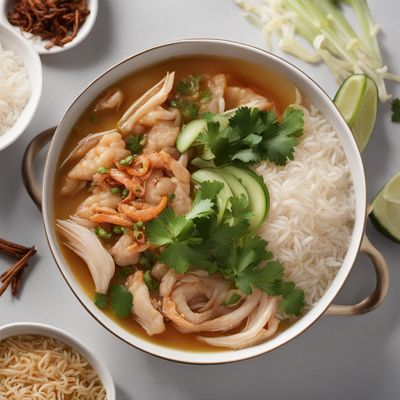
Macanese Chicken Congee
Savory Macanese Chicken Congee: A Comforting Bowl of Delight

Macanese-style Grilled Chicken Slices
Sizzling Macanese Chicken Delight

Macanese Cream Puffs
Delightful Macanese Cream Puffs: A Fusion of French and Macanese Flavors

Macanese Coconut Milk Pudding
Creamy Delight: Macanese Coconut Milk Pudding

Macanese Cuccidati
Spiced Macanese Delights: Macanese Cuccidati Recipe

Macanese-style Partridge with Cabbage
Exotic Fusion: Macanese Partridge Delight

Macanese-style Beef Cutlet
Spiced Beef Cutlet with Macanese Flair
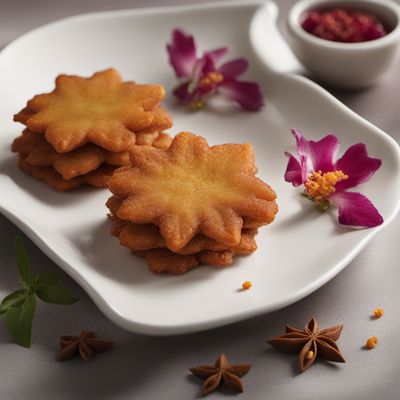
Macanese-style Bolski Cviti (Flower Fritters)
Exquisite Macanese Blossom Delights